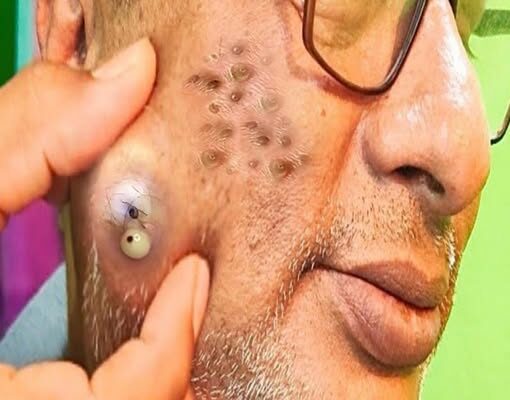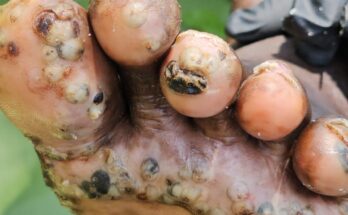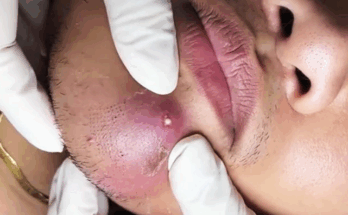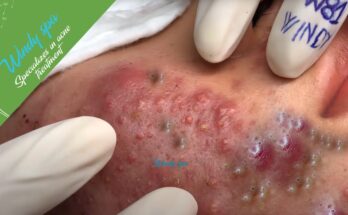Amazing Sebaceous Cyst Removal: What It Is, How It’s Done, and Why It Matters
Sebaceous cysts are slow-growing, non-cancerous lumps beneath the skin, often found on the face, neck, back, or behind the ears. They form when sebaceous glands—responsible for producing oil—become blocked, trapping keratin and dead skin cells inside a sac. Though usually harmless, these cysts can become inflamed, infected, or cosmetically bothersome, prompting many to seek removal.
🧠 Understanding the Cyst
- Appearance: Round, soft, and movable under the skin. Often has a small central opening (punctum).
- Size: Ranges from a pea to a quarter or larger.
- Symptoms: Usually painless, but may become red, swollen, or tender if infected.
- Contents: Thick, yellowish or cheesy material with a distinct odor.
🛠️ The Removal Procedure
Dr. Khaled Sadek and other dermatologists follow a precise, sterile method to ensure safe and complete removal:
- Preparation: The area is cleaned and numbed with local anesthetic.
- Incision: A small cut is made directly over the cyst.
- Drainage: The oily contents are gently expressed.
- Sac Extraction: The cyst wall (sac) is carefully removed to prevent recurrence.
- Closure: The wound is stitched or left to heal naturally, depending on size and location.
- Aftercare: Antibiotic ointment and sterile dressing are applied. Patients receive instructions to keep the area clean and dry.
🧴 Healing & Recovery
- Timeline: Most patients heal within 7–14 days.
- Care Tips:
- Avoid touching or squeezing the area.
- Use gentle cleansers and avoid harsh scrubs.
- Apply prescribed ointments to prevent infection.
- Watch for signs of recurrence or redness.
⚠️ When to Seek Help
Consult a doctor if the cyst:
- Becomes painful or inflamed
- Starts draining pus or foul-smelling fluid
- Grows rapidly or changes color
- Interferes with daily activities or self-esteem
🧘 Prevention Tips
While not all cysts can be prevented, you can reduce risk by:
- Keeping skin clean and exfoliated
- Avoiding heavy, pore-clogging products
- Managing hormonal fluctuations and stress
- Treating acne and skin infections promptly



